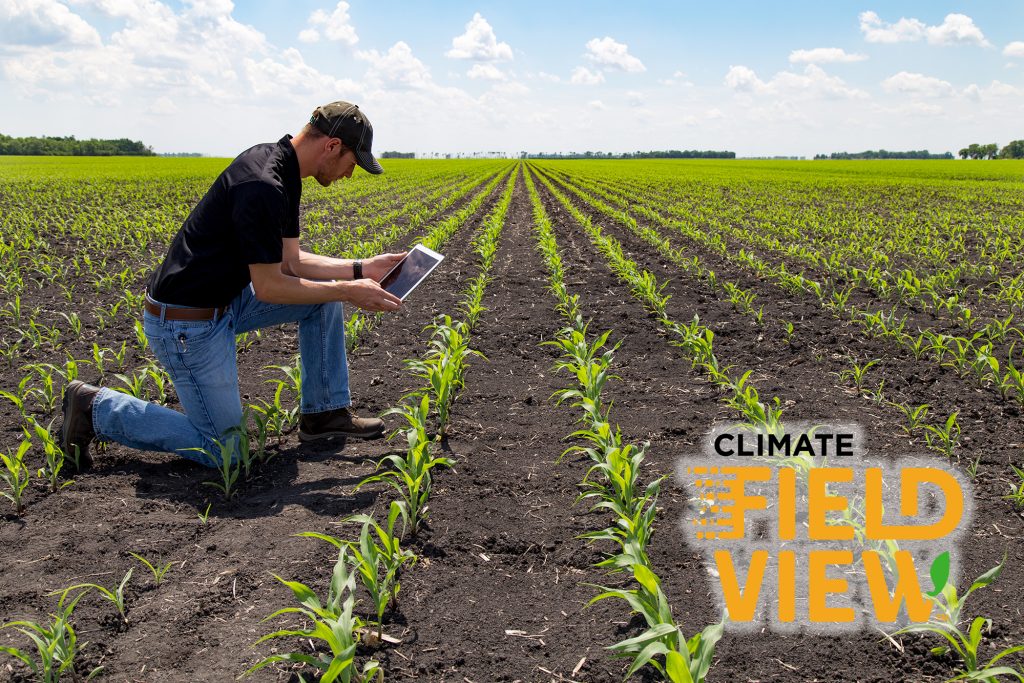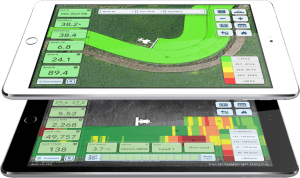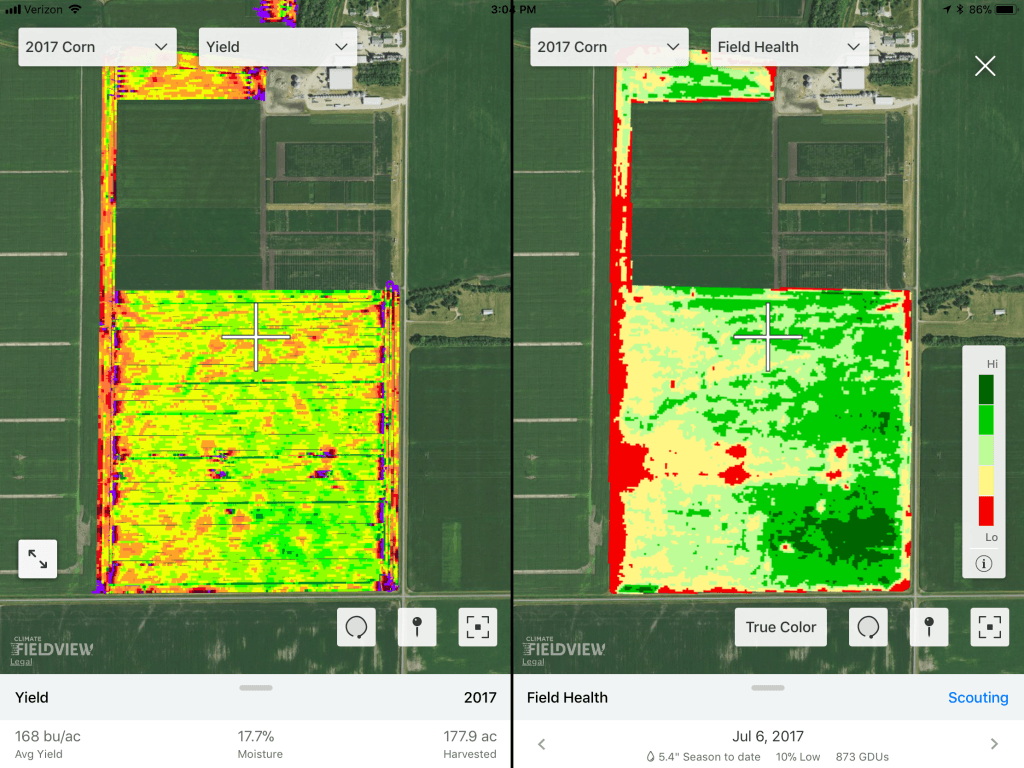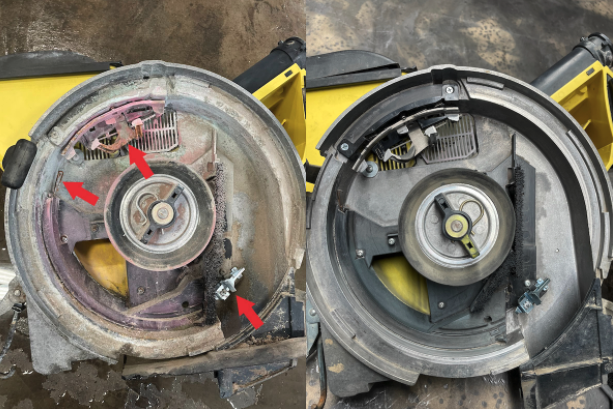How Climate FieldView Can Increase Profit
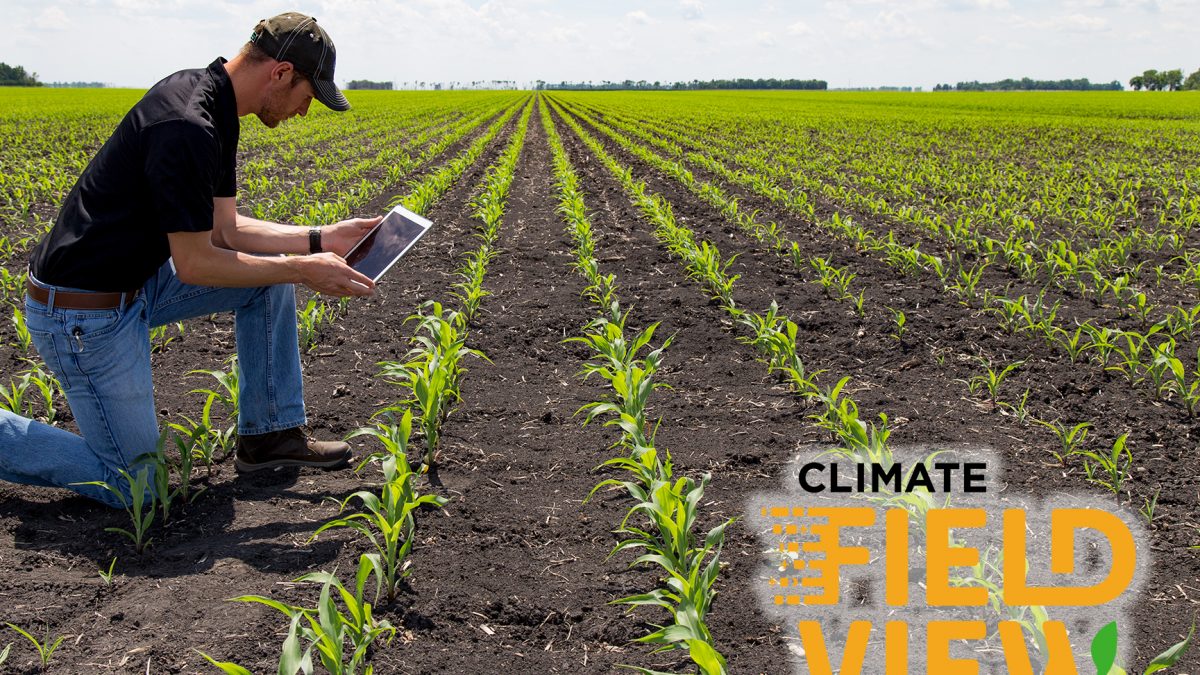
We believe there is great potential to tap into technology to help your farm be more profitable. Through this series of blog posts we hope to help you sift through that information and learn how some of these tools can have practical applications on your farm.
It can be hard to keep up with all the emerging technology in agriculture. These days there seem to be an ever-growing list of options that can help you collect and manage your farm’s data. But how do they stack up and what is important to consider as you compare?
We’re sticking our neck out here on this subject. We’ve done our due diligence and have found the best-in-class option on the market to be Climate FieldView when it comes to a solution that can capture, store and analyze the big data on your farm. We’ve got a lot of reasons this one rose to the top for us but let’s start with what we believe this product can do to make your farm more profitable.
Top 5 Climate FieldView Profitability Drivers
#1- Faster Data Upload
Time is money and your time is no exception. I think one of the best features of this system is its ability to store all your data in one place and collect from any compatible equipment throughout every season. You don’t need to store data on multiple USB sticks on your desk, you can have it all on one device that can be accessed from anywhere. This system uses the cloud and your data is automatically recorded and saved if you’re using the FieldView Drive.
#2- Uploading previous years’ data
I like this feature because it means you can start learning about trends in your acres right away by putting the system to work for you from day one. Don’t let the idea of back-loading data scare you. That’s one of the things I can help you with!
#3- Yield analysis tools
I think the biggest question with these types of systems is “what do I do with all of this information?” The FieldView software gives you the ability to essentially make every field a test plot. That means you can see what worked, what didn’t and use that information to keep getting smarter about your acres. You can also share your data with our agronomy team at Peterson Farms Seed and we can help you interpret and make decisions for your farm. The more information we have, the smarter decisions we can make together.
#4- Imagery
All the mapping options you could need are provided in this system. Vegetation maps help you monitor biomass over time. True Color overlay provides real-world images of your fields, so you can compare to vegetation and scouting maps. I also like that within the maps you’re able to make notes and save regions. This is helpful if you spot potential issues on scouting maps because it’s easy to drop a pin and then scout the spot with our agronomy team. Another key time saver.
#5- Optimize your inputs
There are some really helpful variable rate scripting tools for planting built into this system. With only a few clicks you can create an advanced corn planting script that will improve yield. You can also monitor nitrogen within each zone and use that information to decide if an additional nitrogen application is necessary to protect your yields.
We believe information is power and that the right tools to manage that information will make your farm more profitable. I’m working with Peterson Farms Seed as a Climate FieldView Specialist and I’m here to answer your FieldView questions. I can help you get set up on the system and will work with you through the seasons to interpret the information you collect so we can make impactful decisions – together.
Give me a call at the office (701-282-7476) or email – nolan@petersonfarmsseed.com – if you have any questions or would like to learn more about how to implement FieldView on your farm.
Stay tuned for future posts where we’ll look at individual features and provide training on day-to-day uses of the FieldView system.

